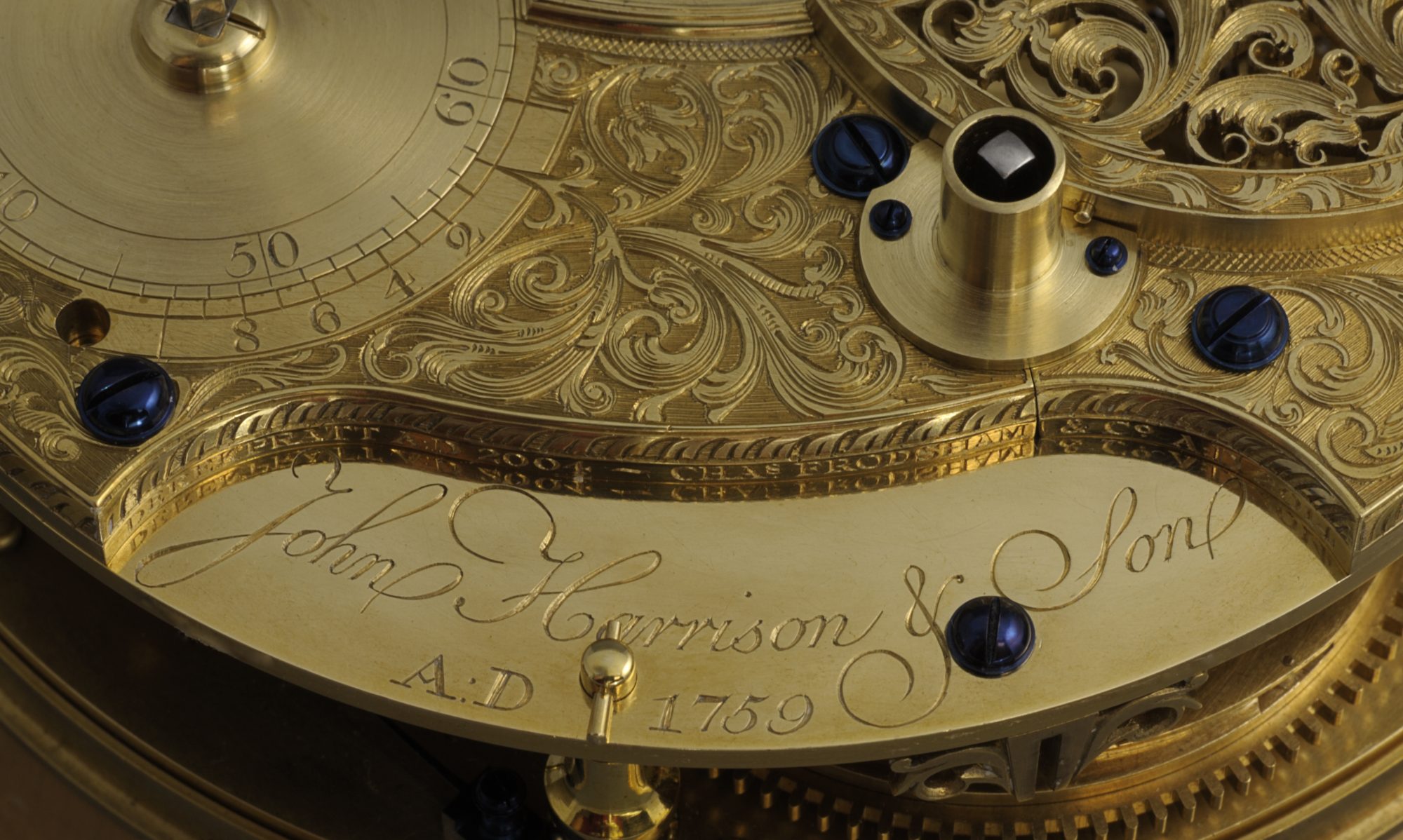13th October 2022
MIKE BUNDOCK
JUBILEE CLOCK TOWERS
Duncan Grieg introduced us to Mike Bundock who gave us a talk on clock towers. Having spent thirty years researching and viewing many of the three hundred examples in Great Britain and the Isle of Man, he is the expert to give us a definition of his subject. A clock tower is free standing without any adjoining construction such as a bell tower.
In some cases, the Architectural and building costs were borne by dignitaries of the town or City, the largest contribution would be from the local MP and lesser amounts donated by the lower orders. There would be a public list of subscribers and the amount they contributed, such as in Weymouth. Many structures were financed by public donation, and where there was a financial shortfall, the Council would have to make good the deficit. The Council would often end up having to pay for the maintenance and the clock winder as there would be no method of automatic winding.
The conventional construction would be of brick with an outer skin of a local quality stone if there was a nearby quarry, or possibly a Scottish granite would have to be imported. Portland stone (as in Bexleyheath) was popular or even a quality brick might be acceptable. In Douglas, (Isle of Man) a clock tower was constructed of cast Iron which was delivered in sections and assembled on site. Much easier and less expensive than conventional methods.
There are examples of clock towers having to be moved in later years to give way to traffic demands as in Cricklewood, Cockermouth and Newbury. Clock towers were usually built to commemorate a major event such as the memorial to Prince Albert in Barnstable and Queen Victoria at Much Wenlock and Gravesend. There are war memorials to the dead as on the clock towers at Rainham, Studham and Nailsworth. Others celebrating the Royal weddings are located at Thirsk, Christchurch and Sittingbourne. There is a clock tower at Penrith financed by residents, recording the death of the son of Mr. Philip Musgrave the member of a private family.
Clock makers advertised their products and prices. Some of the names are familiar to us today, such as Gillett and Bland of Croydon and John Smith of Derby. These makers were particularly busy around the time of Queen Victoria’s Jubilee (5th February 1887).
The detail that Mike Bundock gave us of the many clock towers to which he referred was exceptional and the audience showed their appreciation with gusto as Duncan thanked Mike and presented him with …… guess what?
-Michael McDonnell.
